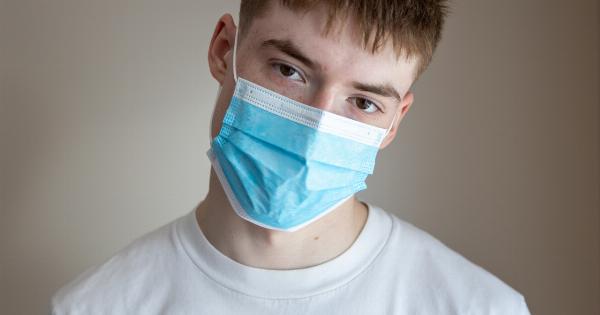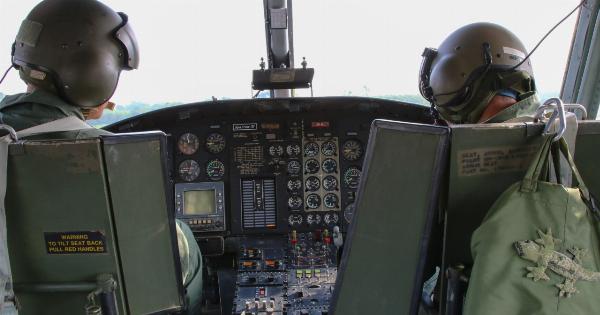Ebola, a highly contagious and deadly viral disease, has caused significant concern worldwide due to its devastating impact on affected individuals and communities.
In recent years, outbreaks of Ebola have occurred in several countries, resulting in thousands of deaths and leaving long-lasting effects on the affected populations. While Ebola affects individuals of all ages, children are particularly vulnerable to the physical, psychological, and social consequences of the disease.
Understanding the scientific aspects of Ebola and its impact on children is crucial for effective prevention, treatment, and support strategies.
What is Ebola?
Ebola virus disease (EVD), formerly known as Ebola hemorrhagic fever, is caused by the Ebola virus belonging to the Filoviridae family.
The virus is transmitted to humans from certain animals, such as fruit bats and nonhuman primates, and then spreads through human-to-human transmission via direct contact with the bodily fluids of infected individuals.
Ebola Symptoms and Diagnosis
After an incubation period of 2 to 21 days, Ebola may manifest with various symptoms, including:.
- Fever
- Fatigue
- Muscle pain
- Sore throat
- Headache
- Vomiting
- Diarrhea
- Internal and external bleeding
Diagnosing Ebola can be challenging as its early symptoms are similar to those of other diseases, such as malaria and typhoid fever. Laboratory tests are used to confirm the presence of the Ebola virus in a person’s blood or other bodily fluids.
Ebola Treatment and Prevention
Currently, no specific antiviral treatments are available for Ebola. However, supportive care that focuses on managing symptoms and complications has shown to be effective in improving survival rates.
This includes maintaining fluid balance, providing pain relief, and addressing secondary infections.
Preventing the transmission of Ebola is crucial in controlling its spread. Measures include:.
- Practicing good hand hygiene
- Avoiding close contact with infected individuals and their bodily fluids
- Practicing safe burial rituals for individuals who have died from Ebola
- Implementing strict infection control measures in healthcare settings
- Surveillance and contact tracing to identify and isolate potential cases
- Developing and distributing vaccines
Impact of Ebola on Children
Children affected by Ebola face numerous challenges, both during the illness and in its aftermath. The impacts include:.
1. Physical Health Effects
Children with Ebola may experience severe symptoms, such as high fever, vomiting, and bleeding. The disease can lead to dehydration, malnutrition, and organ failure, putting their lives at risk.
Without proper medical care, the mortality rate among children with Ebola is significantly higher than in adults.
2. Emotional and Psychological Trauma
The outbreak of Ebola often instills fear and anxiety in children. Witnessing the illness and death of loved ones, experiencing isolation due to quarantine measures, and upheaval in their daily routines can have profound psychological impacts.
Post-traumatic stress disorder (PTSD), depression, and anxiety are common among children affected by Ebola.
3. Disruption of Education and Social Connections
Ebola outbreaks often lead to the closure of schools and the implementation of strict isolation measures. This disruption in education affects children’s learning, development, and social interactions.
It can result in long-term educational gaps, reduced opportunities, and social stigmatization.
4. Stigmatization and Discrimination
Children who have survived Ebola or are associated with affected individuals may face discrimination and social exclusion.
Due to fear and misinformation, they may be ostracized within their communities, leading to a loss of social support and difficulty reintegrating into society.
5. Orphanhood and Family Disruption
Ebola often leads to the death of parents and caregivers, leaving many children orphaned or separated from their families. These children become more vulnerable to exploitation, abuse, and neglect.
The loss of family support further compounds the physical and emotional challenges they face.
Addressing the Impact on Children
Efforts to mitigate the impact of Ebola on children must be multi-faceted and address their physical, psychological, and social well-being. Key strategies include:.
1. Access to Medical Care
Ensuring that children affected by Ebola have access to appropriate medical care, including supportive treatments and rehabilitation services, is critical for their survival and recovery.
2. Psychosocial Support
Providing psychological and emotional support for children affected by Ebola can help them cope with trauma, manage their emotions, and regain a sense of normalcy. This can be done through counseling, play therapy, and community support groups.
3. Education Continuity
Efforts should be made to minimize disruptions in education during outbreaks. Implementing remote learning programs, providing educational materials, and creating safe learning environments can help children maintain their educational progress.
4. Community Reintegration
Creating inclusive communities that promote understanding, acceptance, and support for children affected by Ebola is crucial.
Efforts should focus on combating stigmatization, promoting community awareness, and providing opportunities for reintegration through vocational training and livelihood support.
Conclusion
Ebola, with its devastating impact on individuals and communities, has particularly severe consequences for children.
The physical, psychological, and social effects of the disease can have long-lasting implications for their well-being and overall development. Addressing the impact of Ebola on children requires a holistic approach that combines medical care, psychosocial support, education continuity, and community reintegration.
By understanding the science behind Ebola and its impact on children, we can work towards effective prevention, treatment, and support strategies that prioritize the well-being of the most vulnerable members of our society.






























